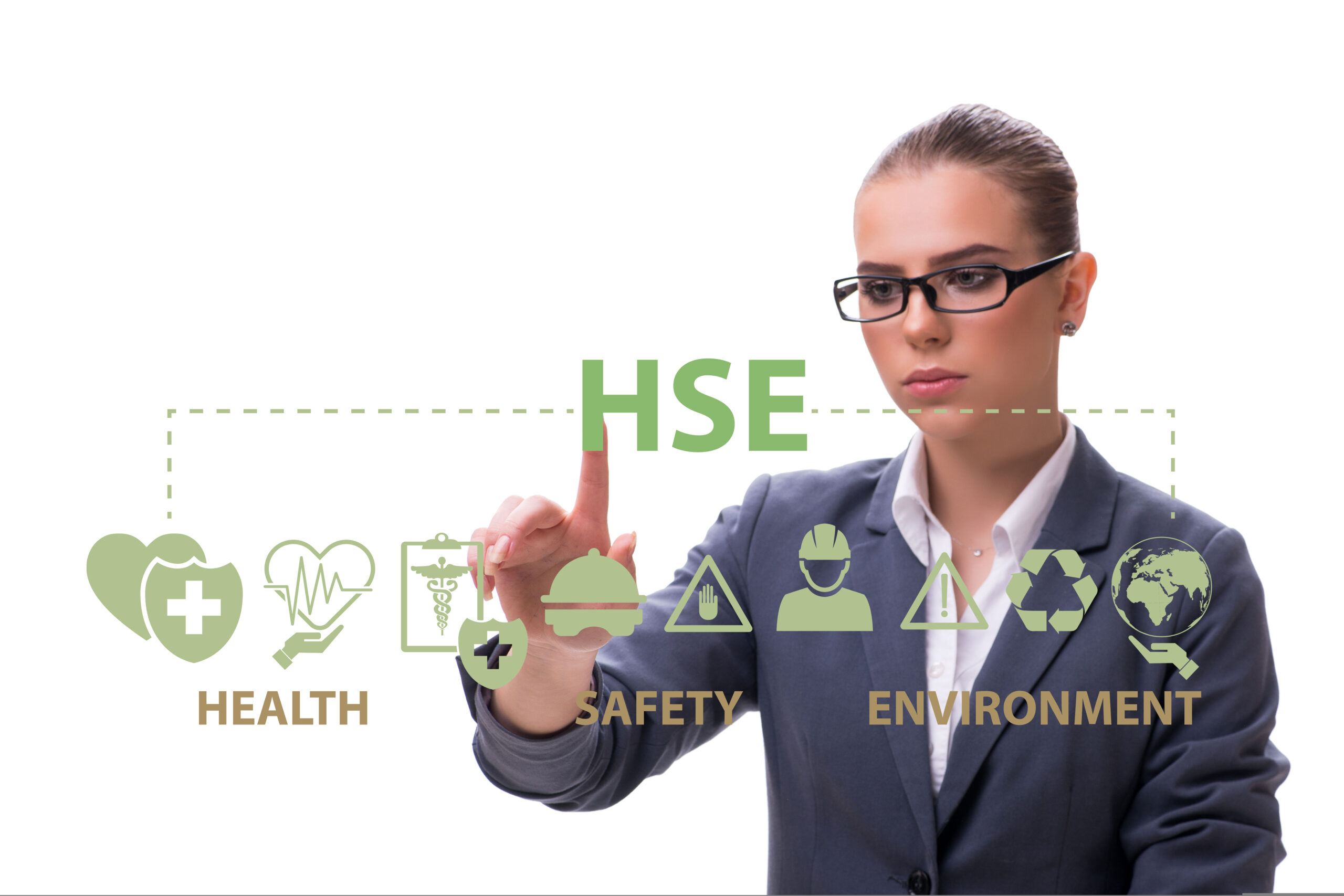Though having a continually improving EHS program can help workplaces prevent incidents like injuries, illnesses, and damaging environmental byproducts, for many businesses, safety-related spending can feel like an unnecessary cost that does little to nothing in terms of driving revenue. With innovative EHS technology, this misconception can be effectively addressed. A company that implements safety and health software can see both direct and indirect benefits that positively impact both safety and the bottom line. This article, as the fourth part of a series, will give an overview of how rolling out safety and health software can automate and streamline many necessary processes, contributing to a positive ROI.
Safety software can help companies streamline workflows, saving time and money.
Utilizing safety software is a better means of accomplishing tasks and meeting goals for EHS professionals. Though Industry 4.0 has officially arrived, Excel spreadsheets and other manual means of recording and tracking essential safety data are still used by many companies when managing safety initiatives. Safety and health software can help companies to streamline their safety management processes and reduce administrative costs, combining savings in time and money. The software can automate tasks such as general data entry, incident reporting, risk assessments, and safety training/inductions, which can free up time for safety personnel to focus on more strategic initiatives. This can also reduce the need for paper-based documentation, which can save on storage and printing costs. By streamlining safety management processes, companies can save money and increase efficiency.
In a recent podcast, Drew Rae described one of the main struggles surrounding safety. Filling out paperwork to ensure safety is being upheld detracts valuable resources (time) from a company. If supervisors and/or safety practitioners are spending half of their workday filling out paperwork instead of supervising activities, that is time (and finances) lost to pursuing manual processes. The difference between manually conducting and recording all safety operations and implementing safety software that automates tasks and offers a centralized, easily accessible repository for all data is comparable to the difference between harvesting wheat with a scythe (by hand) and using a machine. As such, the hesitancy to embrace technological solutions is likely due to issues involving change management (the difficulties involved in introducing a new system). Change management is important to address when implementing any new process, as attempts to reduce workload can often inadvertently create more. Choosing health and safety software that is user-friendly means that there will be less time lost implementing it than might be lost in the accumulation of hours that go towards performing the administrative tasks that such software automates, contributing to a positive ROI.
Additionally, it is a universal principle of business that once practices are incorporated, they are difficult to remove. Safety is no exception. To prevent redundancies and unnecessary safety practices from becoming embedded, the time for pushback is when they are introduced. As such, software that increases the potential for real-time communication between teams, departments, managers/supervisors, and line workers, etc. is beneficial for sifting through the excess of potential requirements to find the real pain points, create a plan to address them, and prove that this is happening.
For a specific example of the benefits of streamlining processes with the addition of safety software, consider the benefit of “smart” checklists. An aspect of safety management that both aids and hinders its progression is over-specification. This is when a safety process has been introduced and steps have been added to make sure that it mitigates as much of the risk as possible in the context that it was originally applied. However, those same steps necessary for that specific context will not apply in every case. When the same operation is performed in a different context, the steps or rules may not be relevant, so performing them would be burdensome or even counterproductive. Having parent-child questions in checklists for administering new tasks reduces the number of questions that must be asked and/or inductions that must be performed to show people are carrying out operations safely. People who do not need to be questioned about safety practices for work that they do not do, will not be. Shifting focus for EHS professionals from data entry to data analysis makes it possible for an organization to have the time to dedicate to continuous improvement, testing systems, and negating those that are ineffectual.
Utilizing safety and health software saves time and resources that are normally devoted to ensuring effective safety practices. With the automation of administrative tasks (e.g., scheduling follow-up notifications and compliance reminders, checking on redundancies in data and processes, etc.), EHS professionals will be able to give greater amounts of time and focus to the actual supervision of safety processes and operations. Overwhelming burdens that involve repetitive administrative activities (sending emails, confirming task completion, inputting/exporting data) can be minimized by upgrading safety and health workflows. By introducing safety software, EHS professionals can do more for safety, getting back that time and applying it more appropriately, addressing the real needs for safety in their workplace.
Author Bio

Abigail McKay
Abigail McKay leads SafetyStratus’ growing team of contributors as the Content Manager. Abigail has a Bachelor’s Degree in English and utilizes her education to communicate to the best of her ability the input from SafetyStratus’ team of safety professionals and technology experts. She has spent the last year building up the EHS knowledge resources available to SafetyStratus users and the wider community.



